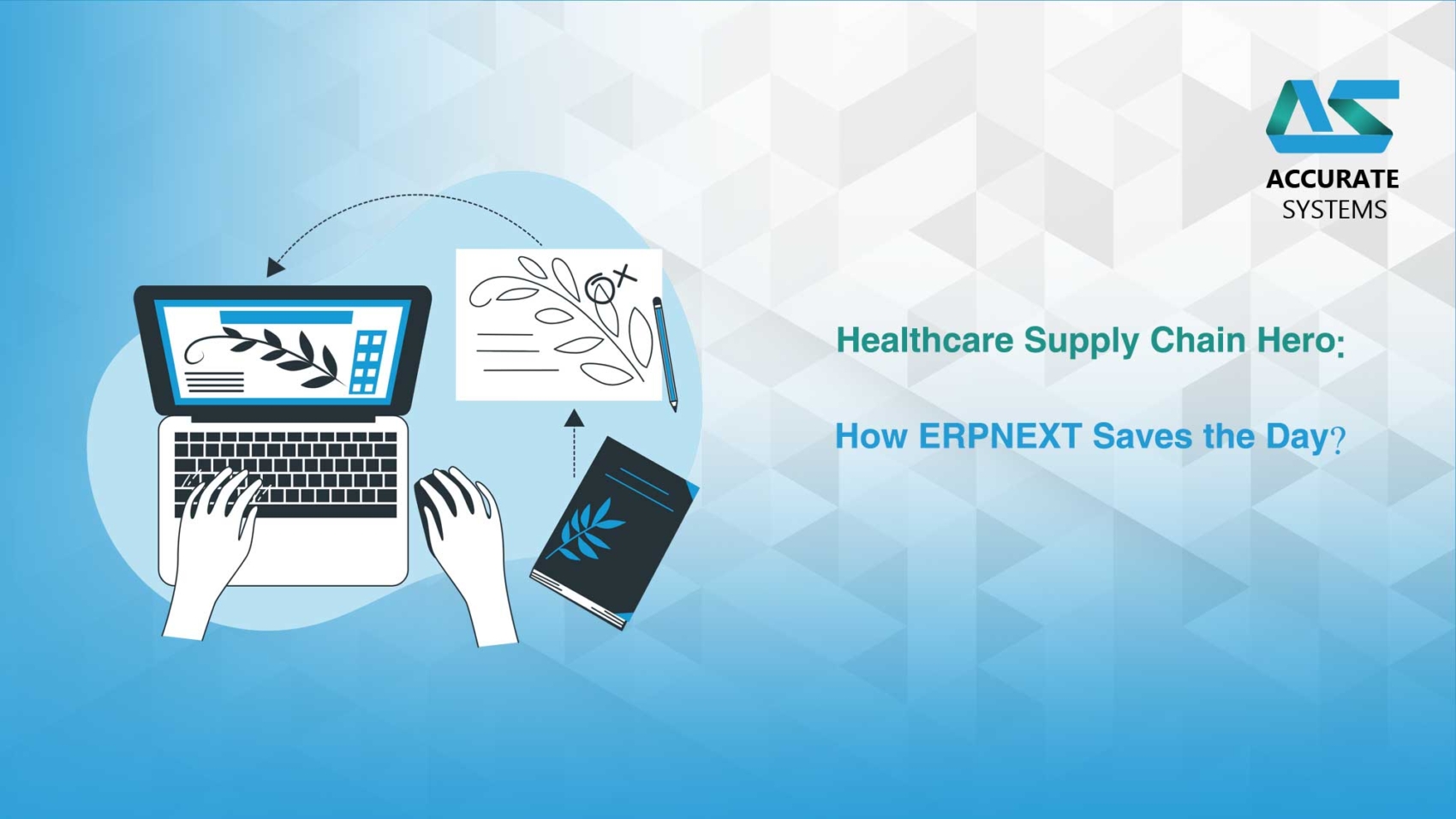The healthcare sector relies heavily on an efficient supply chain to deliver critical medical supplies and equipment. Delays or stockouts can have serious consequences. ERPNEXT, an open-source ERP (Enterprise Resource Planning) system, offers a comprehensive solution to streamline healthcare supply chains.
Here’s a detailed breakdown of how ERPNEXT can benefit the healthcare supply chain:
Enhanced Visibility and Control:
- Centralized Platform: ERPNEXT integrates functions like procurement, inventory management, order processing, and logistics. This centralizes data, providing real-time visibility into every stage of the supply chain.
- Proactive Management: With a holistic view, healthcare providers can anticipate potential issues like stockouts or delays. This allows for proactive measures like placing re-orders before supplies dwindle.
Streamlined Processes:
- Automated Workflows: ERPNEXT automates repetitive tasks like purchase order generation and order fulfillment. This frees up staff time and reduces the risk of human error.
- Improved Communication: The system facilitates smooth communication between departments and suppliers. Healthcare providers can share real-time data with suppliers, ensuring timely deliveries.
Optimized Inventory Management:
- Real-time Inventory Tracking: ERPNEXT offers real-time insights into inventory levels across various facilities. This helps maintain optimal stock levels, preventing overstocking and stockouts.
- Demand Forecasting: The system analyzes historical data to forecast demand for medical supplies. This allows for data-driven procurement decisions, reducing waste and ensuring essential supplies are always available.
- Batch and Serialized Tracking: ERPNEXT supports tracking inventory by batch or serial number. This is crucial for managing items with expiry dates or specific control requirements.
Additional Benefits:
- Cost Savings: Improved inventory management and streamlined processes lead to cost savings through reduced waste and better negotiation with suppliers.
- Improved Patient Care: Efficient supply chains ensure timely availability of necessary supplies, contributing to better patient care and improved healthcare outcomes.
- Data-Driven Decisions: ERPNEXT provides real-time data and reports, enabling healthcare providers to make informed decisions about procurement, logistics, and overall supply chain strategy.
Considerations for Implementation:
- Customization: While ERPNEXT offers a wide range of features, healthcare providers might need customization to fit their specific needs.
- Data Migration: Migrating existing supply chain data to ERPNEXT requires careful planning and execution.
- User Training: Proper training for staff is essential to ensure they can effectively utilize the system’s functionalities.
Conclusion:
ERPNEXT presents a compelling solution for optimizing healthcare supply chains. By providing real-time visibility, streamlining processes, and optimizing inventory management, ERPNEXT empowers healthcare providers to deliver better patient care and achieve cost savings.

